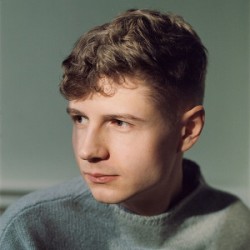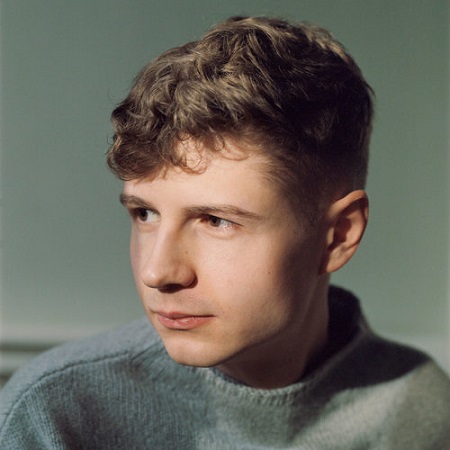 United Kingdom Chopin and Chausson: Pavel Kolesnikov (piano), Elīna Buksha (violin), Hermès Quartet (Omer Bouchez & Elise Liu [violins], Yung-Hsin Lou Chang [viola], Anthony Kondo [cello]), Wigmore Hall, London 6.1.2019. (CSa)
United Kingdom Chopin and Chausson: Pavel Kolesnikov (piano), Elīna Buksha (violin), Hermès Quartet (Omer Bouchez & Elise Liu [violins], Yung-Hsin Lou Chang [viola], Anthony Kondo [cello]), Wigmore Hall, London 6.1.2019. (CSa)

Chopin – Piano Concerto No.2 in F minor Op.21 (arr. For piano and string quintet)
Chausson – Concert in D for piano, violin and string quartet Op.21
Acclaimed Siberian born pianist Pavel Kolesnikov was, until 2016, a BBC Radio 3 New Generation Artist, and has a clutch of international awards and nominations under his belt. He also has a strange and fascinating hobby. He collects perfumes, some of which go back to the early 20th century.
In a newspaper interview last April, he described how his childhood obsession with smells interacted with his musical life: ‘The most important aspect of a perfume is the balance and interrelation between the component parts and the ultimate form and composition of the finished product … The same essential relationship exists in music. Open the bottle, let the oxygen in, and wonderful, unexpected things happen.’
Joining forces with the young and dynamic Hermès Quartet in a performance of the chamber music version of Chopin’s Second Piano Concerto, Kolesnikov uncorked the bottle, so to speak. Released from its ‘cold and almost useless accompaniment’, as Berlioz described the fully orchestrated version, we savoured the heady essence of the work – a three movement showcase for piano in Chopin’s stile brillante, sensitively complemented by strings.
From the first moment of the piano’s entry in the concerto’s opening movement – a poetic and powerful Maestoso – Kolesnikov displayed an expressive yet understated virtuosity which masked the work’s huge technical demands. Demonstrating an exceptional understanding of Chopin’s harmonic language, Kolesnikov’s majestic phrasing struck the perfect balance between nobility and an inescapable sense of tragedy which ripples beneath the notes. The second movement – an achingly beautiful Larghetto – was composed by the 20-year-old Chopin while in the midst of a passionate but unrequited love affair with a young singer. This haunting love song, written from the heart, was played with limpid beauty. The concerto concluded with a lyrical and dancelike Allegro vivace which Kolesnikov dispatched with an effervescent lightness of touch.
Unlike the Chopin concerto, where there is precious little conversation between soloist and ensemble, Chausson’s lushly romantic and moody Concert in D for piano, violin and string quartet Op.21 is distinctly orchestral in texture. Although it relies heavily on close communication between players, it is, as Chausson himself acknowledged, more a duet for violin and piano accompanied by a string quartet. The solo violin part, first performed by Belgian violinist Eugène Ysaÿe in 1892, was on this occasion played with passion and authority by Latvian violinist Elīna Buksha. Divided into four movements and subject to a wide range of influences, from Wagnerian Romanticism to the shimmering impressionism of Debussy, there is always the danger that the work’s constantly changing styles and tempi can render it shapeless and incoherent. This was averted by the sheer discipline of the players, especially in the slow and rather cumbersome Sicilienne, and the syncopated finale – marked Très animé. Of particular note was the Quartet’s first violin Omer Bouchez, whose rigorous technique and vitality helped to inject the necessary oxygen.
Chris Sallon
